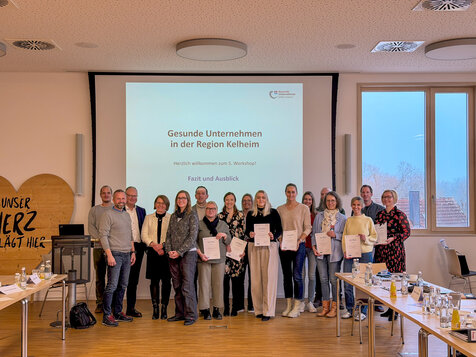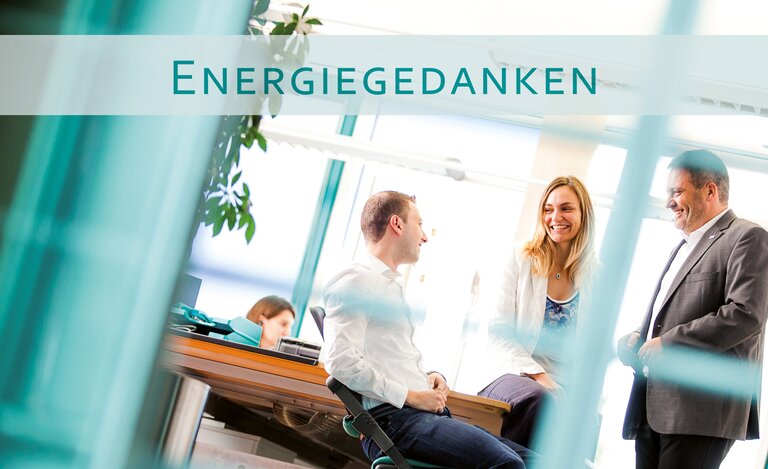Energy transition needs more than just electricity: connecting energy strands with sector coupling
Michael Teigeler, Managing Director of Stadtwerke Heidelberg Energie GmbH, has many examples to show: There are plenty of possibilities. One is the "Energy and Future Storage Facility", a huge heat storage facility with a roof terrace café in his home town. "Bringing the energy transition into people's hearts, not just their heads" is what he wants, and together with neighboring Mannheim, they still have many goals, says Teigeler
The Heidelberg-based company has also set its sights on Nuremberg, where the municipal energy supplier has erected a shiny, 80-metre-high storage facility. It stores heat either from surplus wind power or from the adjacent combined cycle gas turbine (CCGT) power plant. When required, the storage tank releases the energy back into the town's branched local heating network. The buffered heat lasts for at least one summer weekend.
But this is just one variant of sector coupling. The term generally refers to energy storage systems that can combine heat, electricity and mobility.
The technology is actually nothing new: it has also been successfully implemented by Gammel-Engineering for many years as combined heat, power and cooling (CHP). in 2016, the German CHP Association awarded the first "CHP plant of the year" prize to a Gammel plant at Osram in Eichstätt.
Despite this, many politicians have been pretending in recent months that they have rediscovered or rediscovered the topic of sector coupling. However, legislators are primarily preaching a centralized system that is not suitable for a small-scale energy supply distributed across the country. Some of the big players in the energy scene have probably done a great job here: Restrictions and levies are being used to hinder the spread of decentralized systems.
The energy transition cannot actually work without decentralized sector coupling. However, instead of investing in smart grids, CHP or storage systems, the first step is to build thick power lines across the country at great expense. According to the motto: the consumer pays for them anyway.But not only industry insiders are aware of this: "In 2015, wind turbines were curtailed in 2500 hours at the electricity grid operator 50Hertz alone. You can do something with that and earn money."
The Haßfurt municipal utility, for example, avoids such curtailment: "wind gas" is generated from a community wind turbine using an electrolyser. This converts electricity into hydrogen (H2) just when the wind turbines are generating more electricity than is being consumed in the municipal utility's grid at that moment.
The remaining hydrogen flows from the electrolyzer at the port of Hassfurt into the local gas grid as a maximum of five percent, in addition to a direct customer. The gas network also supplies a micro gas turbine (MGT), which the Haßfurt Maintal-Konfitüren had planned and built by Gammel Engineering. The MGT supplies process steam, heat and electricity, while also saving CO2. And in combination with wind gas, it is a typical example of sector coupling.
In addition, Haßfurt's municipal utility proves that even "small" companies can make the large electricity grid more flexible. Even without new extra-high voltage lines. Because it takes time to build them. But time is pressing for the real energy transition.
(Author: Zukunftsenergie-Team Gammel)



